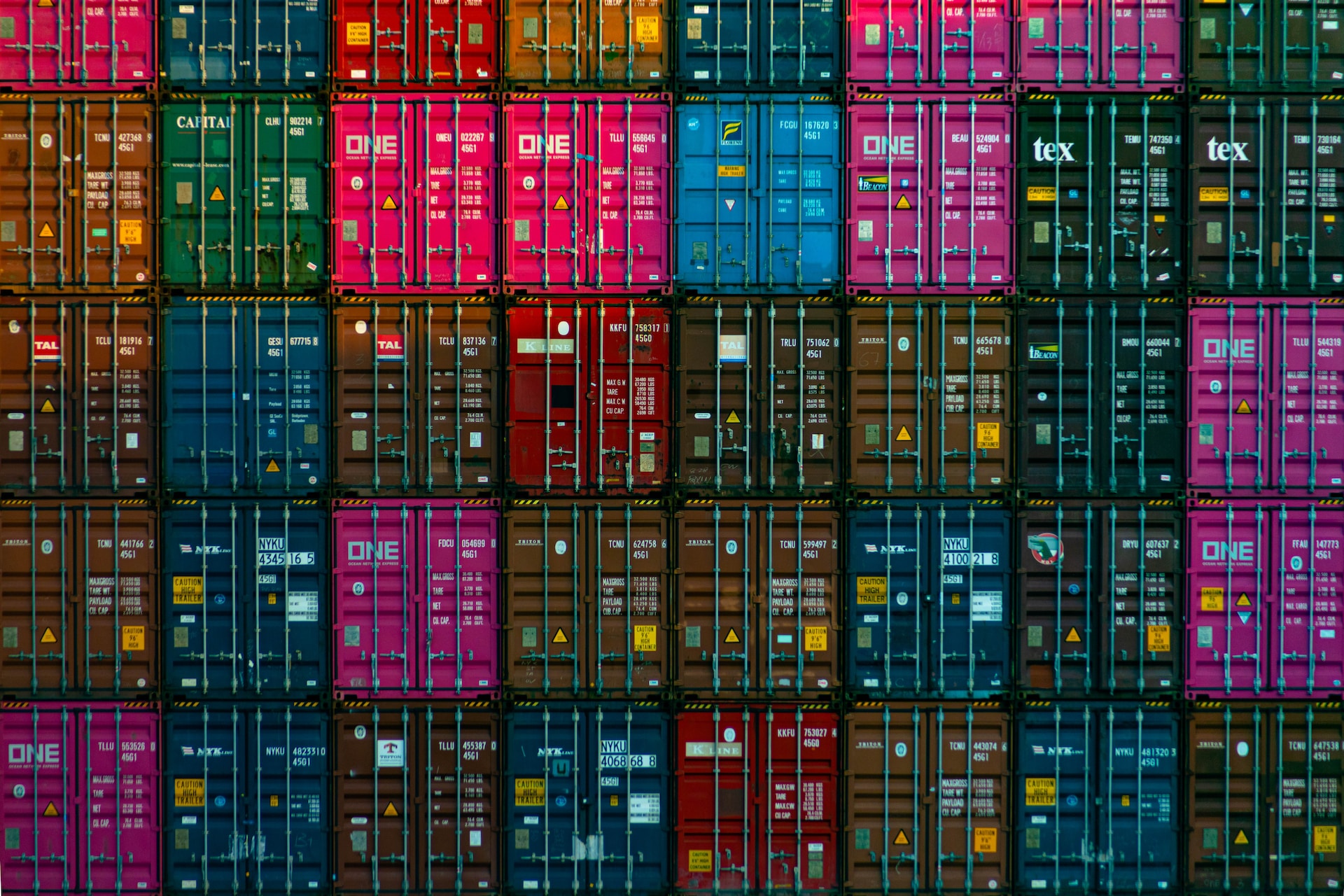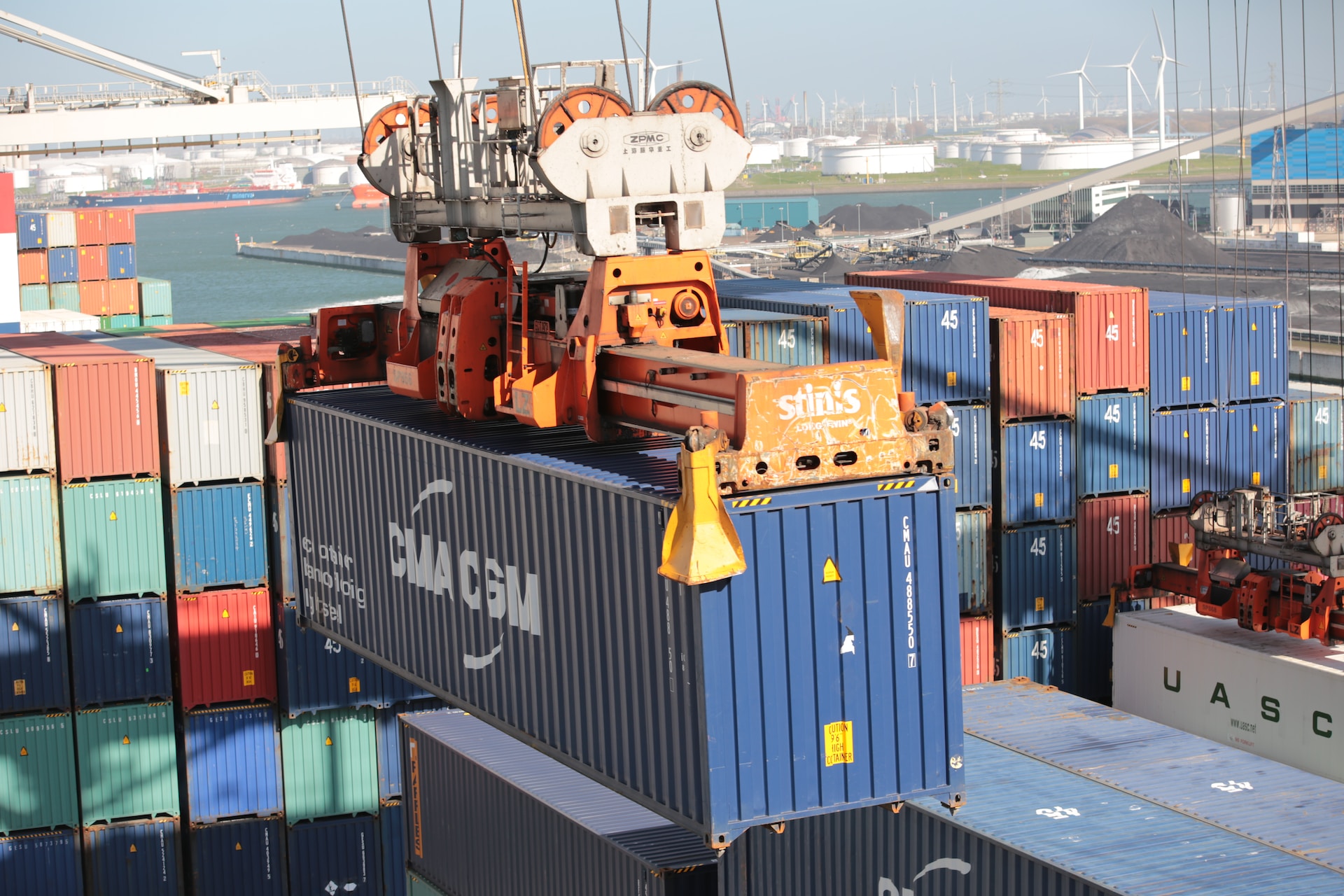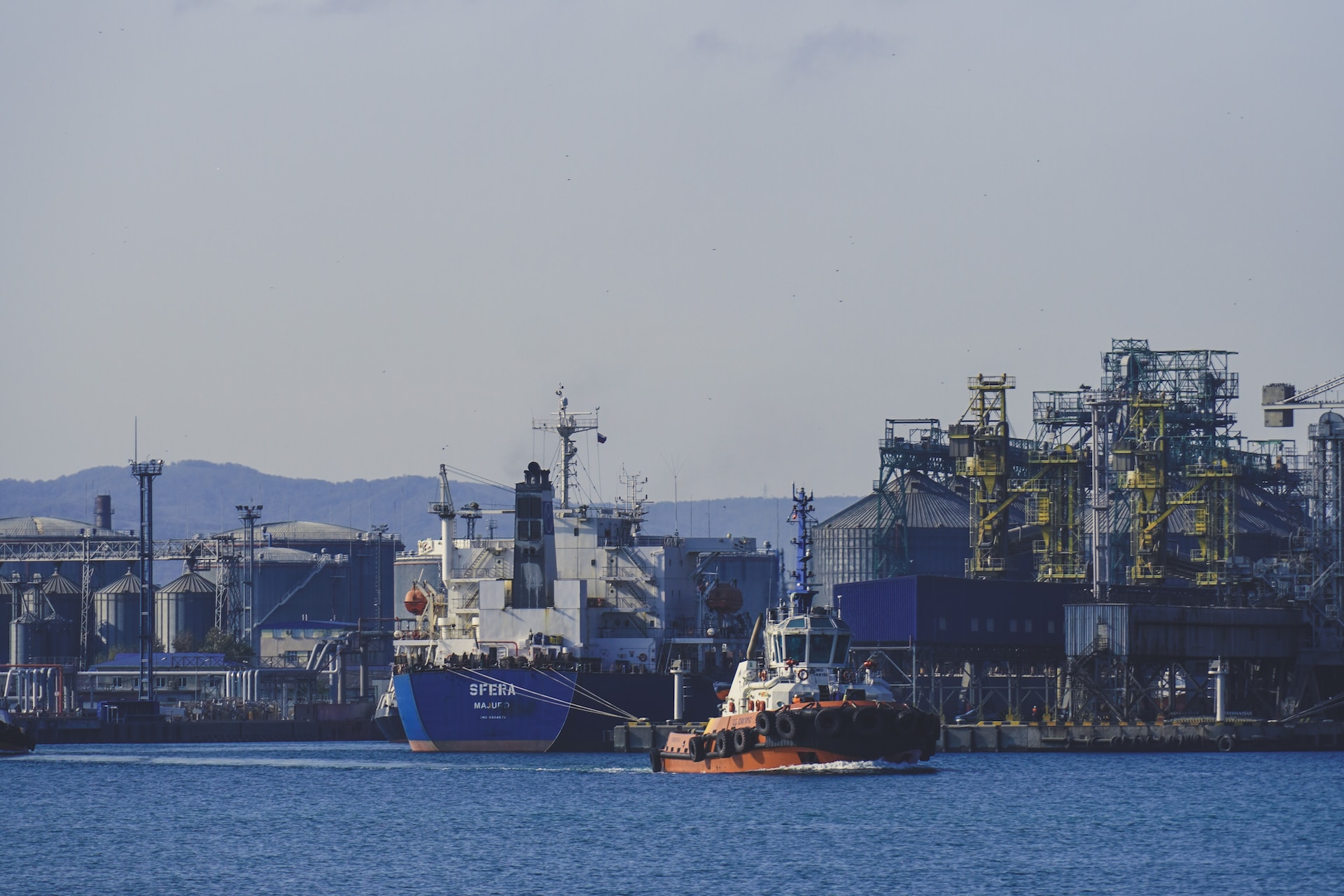Technical trade restrictions can pose substantial obstacles for international commerce firms. Businesses can overcome these barriers and successfully expand their worldwide reach by knowing the types of barriers they may face, researching local rules, gaining relevant certifications, and interacting with local partners. It is critical to be vigilant in the face of countries that purposefully erect technological trade barriers and to argue for the ideals of open and fair trade.
What are Technical Trade Barriers?
Technical trade barriers are regulations, standards, or procedures imposed by governments on imported goods, services, or investments. These steps are intended to protect human health, safety, and the environment, as well as to ensure product quality. They can, however, pose difficulties for multinational enterprises by restricting market access, raising expenses, or fostering unfair competition.
Examples of Technical Trade Barriers
- Product Standards: Imported items may be subject to special standards imposed by countries, such as safety restrictions, labeling rules, or quality certifications. These criteria might differ greatly among countries, making it difficult for enterprises to comply with several sets of legislation.
- Testing and Certification: Some countries demand that imported goods be tested or certified by approved laboratories or authorities. These processes can be time-consuming, costly, and cause supply chain delays.
- Packaging and Labeling Requirements: Countries may impose special packaging or labeling requirements on imported goods, such as mandated language specifications, nutritional information, or warnings. These rules might result in significant expenditures and logistical difficulties for enterprises who export their products.
- Sanitary and Phytosanitary Measures: To safeguard human, animal, or plant health, countries may place limitations on imported agricultural goods, such as inspections, quarantines, or bans. These initiatives have the potential to create major hurdles for agricultural commodity traders.
Overcoming Technical Trade Barriers
- Investigate Local Regulations: Businesses should conduct extensive study into the regulations and standards imposed by their target markets. This research will assist in identifying potential hurdles and developing ways to meet the requirements.
- Obtain Necessary Certifications: Businesses should collaborate with reputable organizations to gain the certifications that are required for their products. These certificates can assist in demonstrating compliance with local legislation and standards, hence easing market access.
- Develop Compliant Packaging and Labeling: Companies should design their packaging and labeling to match the needs of their target markets. This could entail translating labels, incorporating special cautions or information, or utilizing materials that adhere to local requirements.
- Collaborate with Local Partners: Working with local partners such as distributors, agents, or consultants can provide useful insights into local rules and assist firms in navigating technical trade hurdles.
Countries Intentionally Creating Technical Trade Barriers
Some governments may purposefully erect trade barriers to trade as a type of protectionism in order to safeguard native industry from foreign competition or to achieve political goals. Countries may, for example, impose stringent norms or standards, necessitate extensive documentation, or implement time-consuming testing and certification procedures. These policies may make it more difficult for foreign corporations to enter these markets and compete with domestic ones.
Businesses should keep a close eye on prospective protectionist measures in their target markets and devise tactics to deal with them. Participating in trade groups, government agencies, or international organizations can assist firms in advocating for the elimination or reduction of unnecessary technical trade obstacles and promoting fair competition.
Related Information







